Snails, especially some species of slugs, are considered evil. They eat our ornamental plants and vegetable crops, so we don’t want them in the garden. The web is full of tips on how we can get rid of them from the gardens or even kill them.
But maybe we are making it too easy for the slimy creepers to eat our carefully cultivated vegetables. The leaves of some lettuce varieties have been bred so soft that a paper tissue feels like a board in comparison. Their bitterness has also been bred out.
On Prickly Lettuce (Lactuca serriola), for example, the wild type of Garden Lettuce, I rarely see snails. Its leaves are hard and taste bitter.
In a natural garden, where not only the snails find hiding places and food, but also their predators, which include hedgehogs, shrews and blackbirds as well as some beetles, they cannot spread en masse. With one exception.

Wicked, wicked, wicked
Spanish Slug (Arion vulgaris)

The Spanish slug is the super villain among the European slugs. It eats vegetables, fruit, ornamental plants and carrion. It even has no problem with poisonous plants. As it is not supposed to taste good itself, it has only few predators. These are not bad conditions for it to spread quickly.
Herbs and vegetables can be halfway protected from this slug by slug rings. However, these only keep large species or adult slugs away from the vegetables. They can be overcome by young slugs.


If it rains or has rained, the Spanish Slug can also be seen during the day. In the dry summer weeks, it starts its raids through the vegetable bed at the onset of dusk.
It has only few predators in Central Europe.
Grey Field Slug (Deroceras reticulatum)
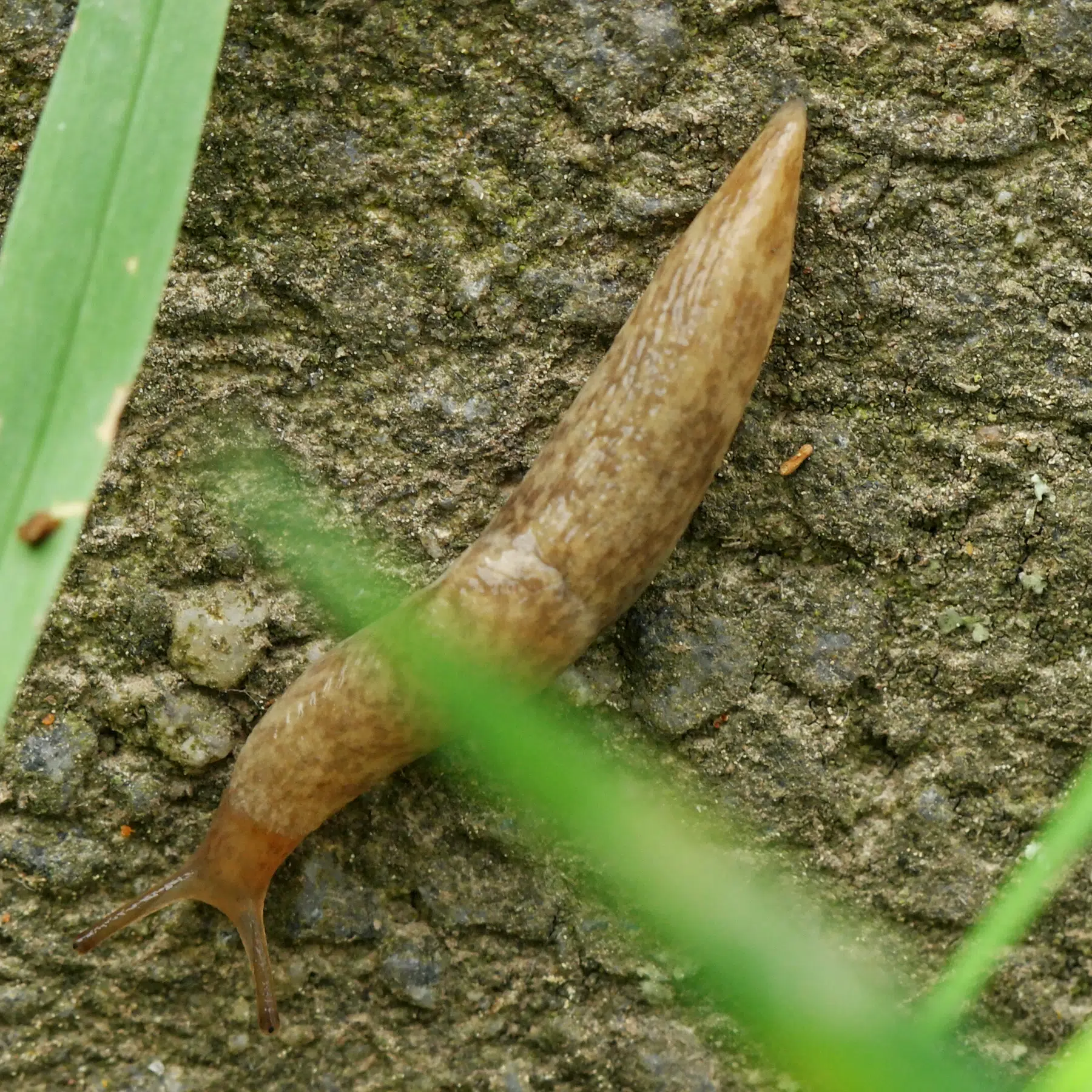
The Grey Field Slug or Grey Garden Slug also likes to eat fresh vegetables. It can grow up to 6 centimetres long and reproduce en masse at food-rich sites.
Grove Snail (Cepaea nemoralis)

Only a little bit evil, but pretty to look at, is the Grove Snail. Its shell can be striped or plain yellow, red and brown in colour. It occasionally nibbles on ornamental plants and vegetables. I have also found it in a pepper. However, the damage it causes is not very high. It is active during the day and at dusk.

Heath Snail (Helicella itala)

Helicella itala is just maybe wicked, it seems to like Perennial Wall-Rocket. However, it does not appear en masse in gardens and only eats wild growing Wall-Rocket.
The Heath Snail inhabits dry sites. In my garden it is dry, I have released some of the snails there, they have not multiplied very much.
The good ones
After so much nastiness and slimy baseness, it’s time to get to know some good snails too. So let’s move on to the boring ones.
The following snails do no harm to fruit, vegetables or ornamental plants. They feed on rotting plant parts or algae.
White-Lipped Snail (Cepaea hortensis)

The White-Lipped Snail is also called Garden Banded Snail. It can be distinguished from the Grove Snail by its white lip at the aperture of the shell. It eats detritus (dying plant parts) and algae.
Leopard Slug (Limax maximus)

The Leopard Slug is not only the most conspicuous European slug, it is also said to feed on other slugs and their eggs. I cannot confirm that it eats the Spanish Slug. The two species coexist peacefully in a manhole in my garden.
The other food of the Leopard Slug includes dead plant parts. I have not noticed it as a vegetable pest, and it reproduces much less than the Spanish Slug and has predators such as hedgehogs.
Burgundy Snail (Helix pomatia)

The Burgundy Snail, Romain Snail or Escargot is also one of the ” good guys”. It does not eat living plants. Its biggest predator is us humans.
White Tower Snail (Zebrina detrita)

The White Tower Snail feeds on dead or dying plant parts and grows to only 2.5 centimetres. It mainly inhabits dry and warm regions.
I have had it in the garden for many years and have never been able to see it on or around vegetables. It spends its days on blades of grass or the branches of shrubs.
Carthusian Snail (Monacha cartusiana)

The Carthusian Snail is also not a fresh food eater. It feeds on decaying plant parts and detritus. It can be seen on plants, but only uses them to survive hot days or weeks.
Categories: Land Snails | Molluscs

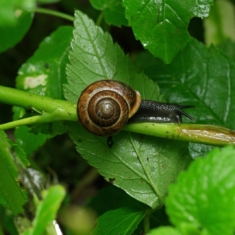 Arianta arbustorum
Arianta arbustorum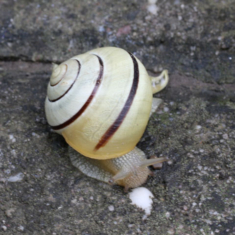 Cepaea hortensis
Cepaea hortensis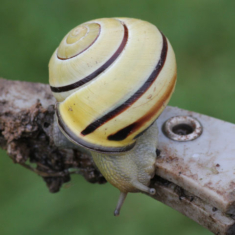 Cepaea nemoralis
Cepaea nemoralis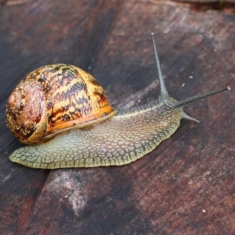 Cornu aspersum
Cornu aspersum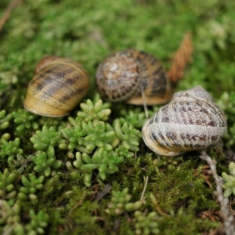 Garden Snail
Garden Snail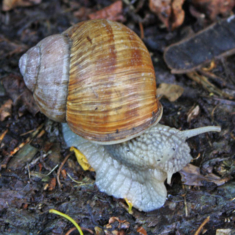 Helix pomatia
Helix pomatia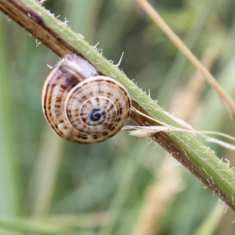 Theba pisana
Theba pisana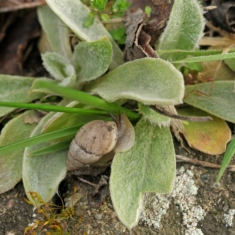 Zebrina detrita
Zebrina detrita